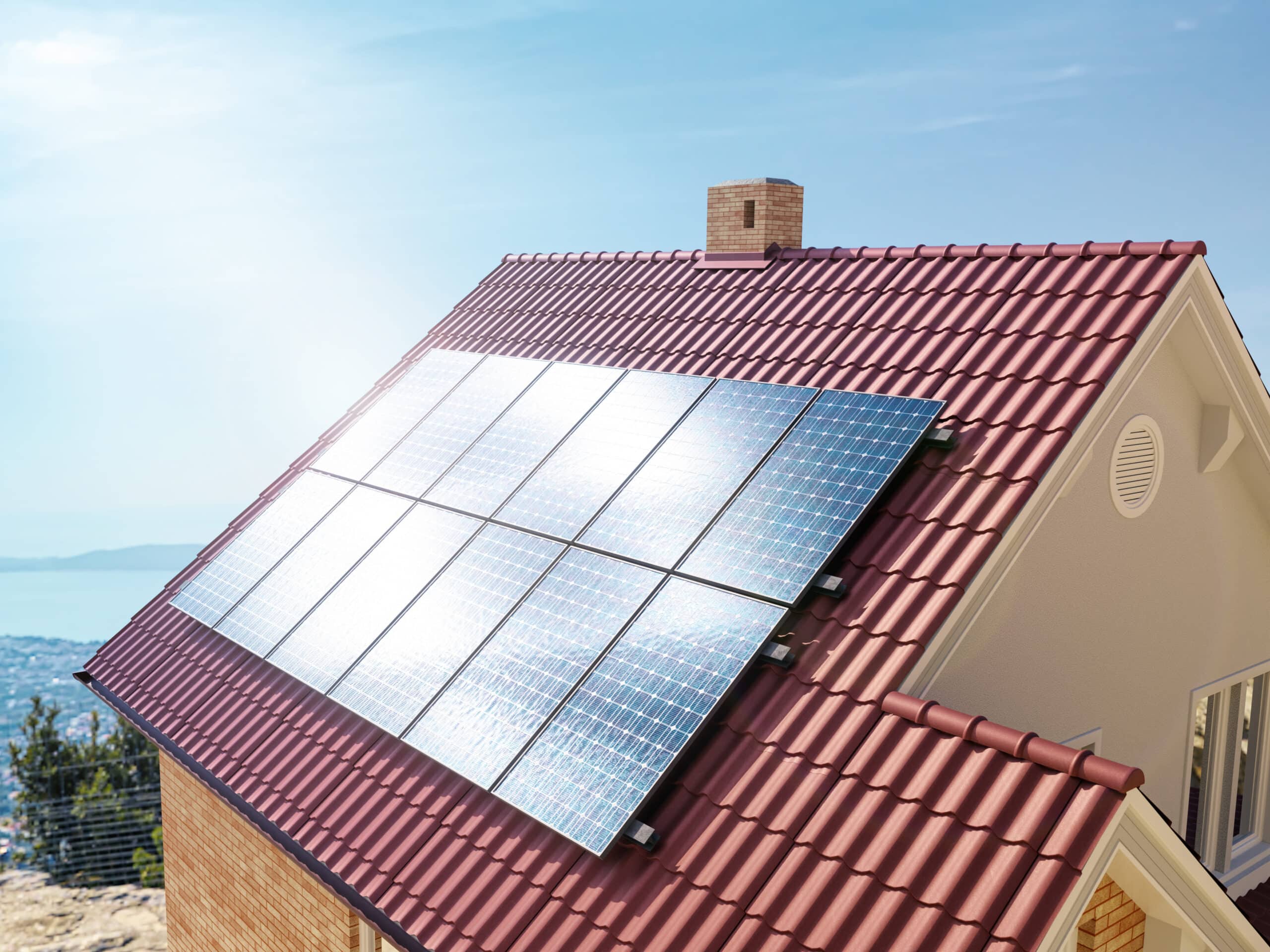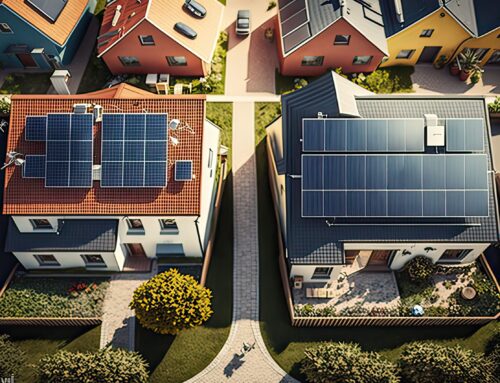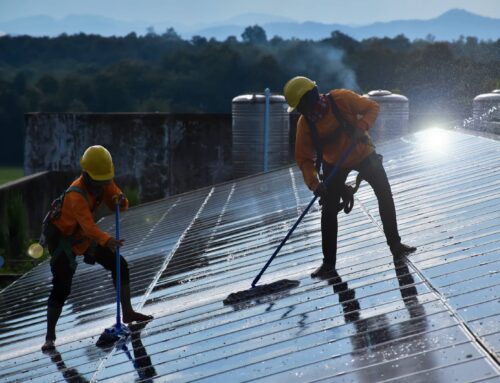Learn more to find out if your roof is properly suited for solar panels:
Starts with your Roof:
The most important thing is that your roof has to have good sun exposure. If the location of your home does’t get much sun then installing solar panels onto your roof up isn’t going to do much good. With that in mind, here are several easy signals a you can use to determine if a house’s roof gets plenty of sun.
- Is it south-facing? In the northern hemisphere, the sun is always on the south side of things, meaning we need a surface that faces southward to collect a lot of solar rays. This is easy to find out. Smartphones have compasses, so just see if your rooftop has sections that are facing roughly south.
- Are there any impediments that block the sun from the roof? Assuming a roof is facing south, the next consideration is to figure out if anything casts shade on this premier bit of rooftop. This could be tree canopies. It could be a chimney. It might even be a neighbor’s home.
- The roofing material can be important as well. Asphalt shingles and metal are easier and less expensive to install panels on. Slate tiles and wood shingles can be more problematic and will cost more in terms of installation.
Where you live matters
Some places, such as deserts, are great candidates for solar, and cabins in the depths are probably not. But, there are broader considerations to help with determining this. A region—the latitude of a place—can provide a lot of information in terms of solar, and of course, the climate is going to make a huge difference.
- The further a location is from the equator, the more dramatically different the amount of sun will be in different seasons. In other words, during December, day-length in states further north is much shorter than for those further south. This means less potential wintertime sun, even with perfect weather.
- Sunny weather is much better for solar power than overcast or rainy weather. Southwestern U.S. is an ideal situation, with lots of sun year-round, but the Pacific Northwest is notorious for its cloudy, rainy weather. Unfortunately, the further north we travel, the more overcast winter weather tends to be.
Ideally, the minimum sun exposure for a rooftop would be 9:00 am to 3:00 pm every day. Less than this might be too little to make a noteworthy return on the financial investment of the homeowner to install the panels and the embodied energy on the planet to create the panels.
Regulations
Lastly, there is the realization of whether or not the physical presence of panels is doable. HOAs might have rules against solar. Building codes might prevent adding panels to certain roofs in certain states. Some issues arise regarding homeownership.
These kinds of things require a little research, and solar installers can be a great source of info. Each state has a different approach to solar, so using the local solar companies can be a great way to move more fluidly through the process. Plus, they can help with getting all those rebates and incentives.
For those who are keen to participate in the solar energy movement but don’t have the ideal rooftop for it. There are other ways to make it happen. Roofs on other buildings on a property might work better for holding the solar panels, and there are ground-mounted panels if money and yard aren’t huge limiting factors. There might even be community solar available. The point is that we can all start— Nah! should start!— revisiting the reality of solar power at home.





